GPCR/G protein

All GPCRs share a common seven trans-membrane structure. GPCRs are associated with heterotrimeric G-proteins which are GTP-binding proteins made of alpha, beta, and gamma subunits. When a ligand binds to GPCR, it activates the attached G-protein, the GDP is replaced with GTP. The activated G-protein then dissociates into an alpha and a beta-gamma complex which activates downstream signaling pathways. These intracellular signaling pathways include cAMP/PKA, calcium/NFAT, phospholipase C, protein tyrosine kinases, MAP kinases, PI-3-kinase, nitric oxide/cGMP, Rho, and JAK/STAT.
GPCRs are one of the most important therapeutic targets for various diseases, over 30% of all modern medicinal drugs target this family. Aberrant GPCR functions are involved in pathological conditions such as neurological, immunological and hormonal disorders. A large number of GPCRs have been identified, but whose ligands are not known, are classified as orphan receptors.
-
![[(pF)Phe4]Nociceptin(1-13)NH2](/pub/media/prod_images/b/5/b5131.png) B5131 [(pF)Phe4]Nociceptin(1-13)NH2Summary: nociceptin/orphanin FQ receptor (OP4) agonist peptide
B5131 [(pF)Phe4]Nociceptin(1-13)NH2Summary: nociceptin/orphanin FQ receptor (OP4) agonist peptide -
![[Arg14,Lys15]Nociceptin](/pub/media/prod_images/b/5/b5136.png) B5136 [Arg14,Lys15]NociceptinSummary: Highly potent and selective NOP receptor agonist
B5136 [Arg14,Lys15]NociceptinSummary: Highly potent and selective NOP receptor agonist -
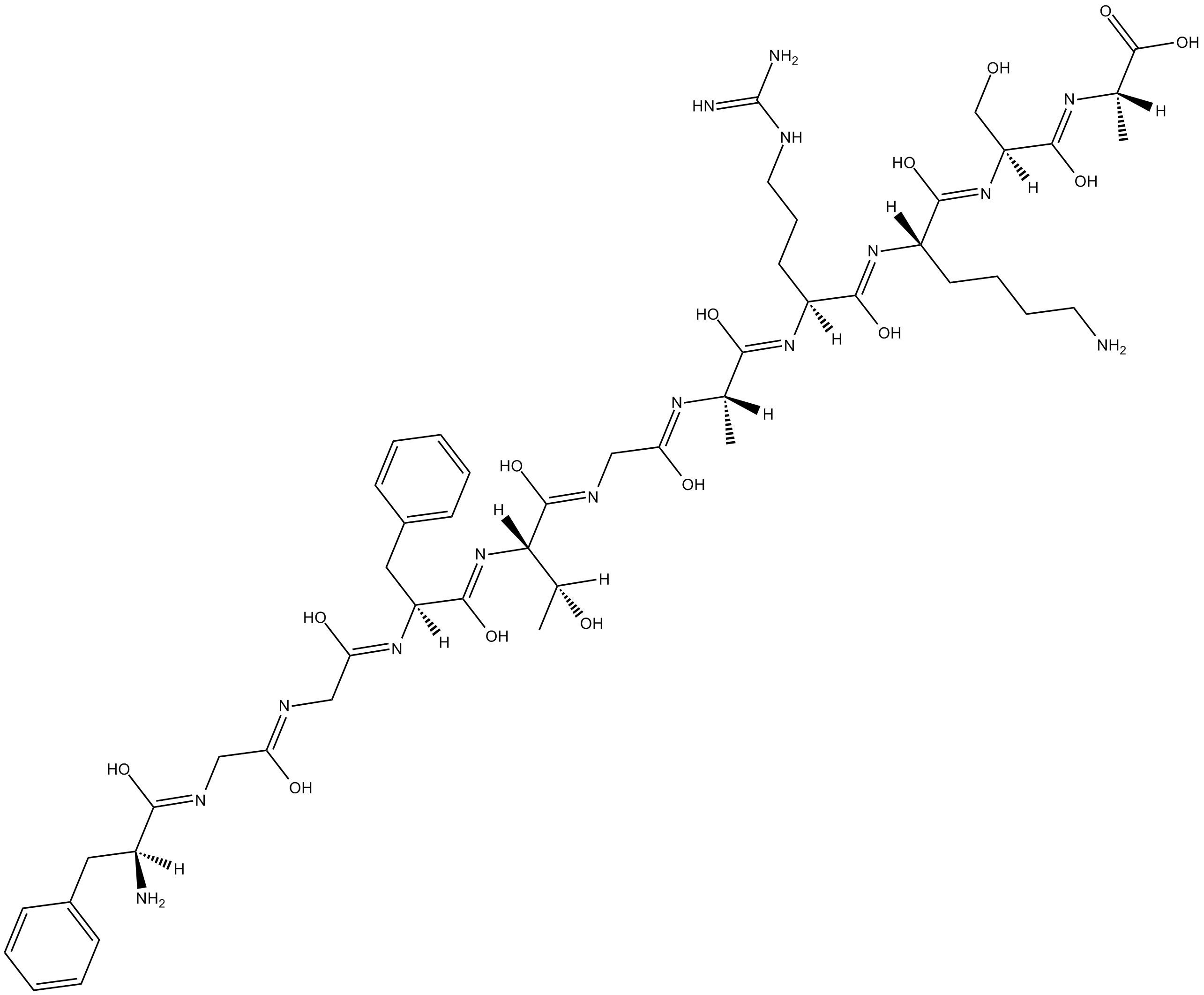 B5497 Orphanin FQ (1-11)Summary: ORL1/KOR-3 receptor agonist
B5497 Orphanin FQ (1-11)Summary: ORL1/KOR-3 receptor agonist -
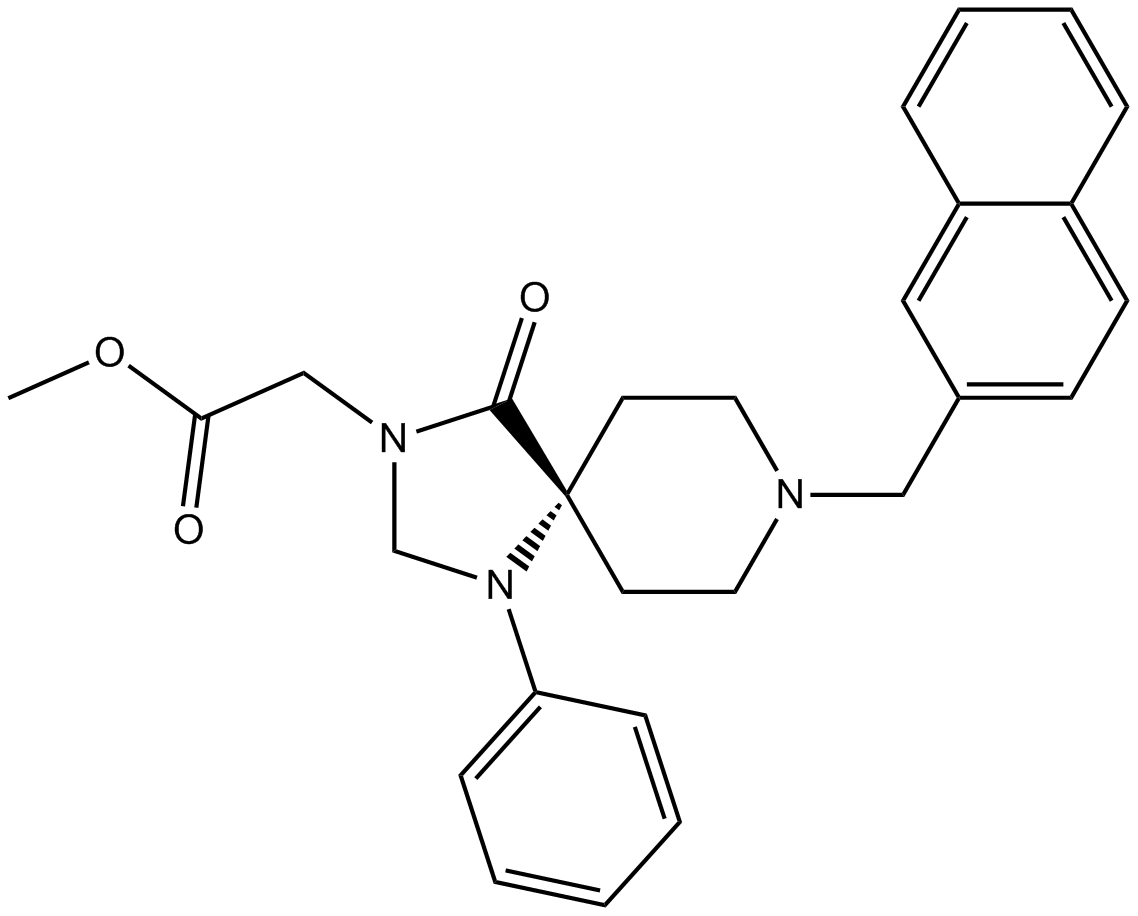 B6855 NNC 63-0532Summary: NOP receptor agonist
B6855 NNC 63-0532Summary: NOP receptor agonist -
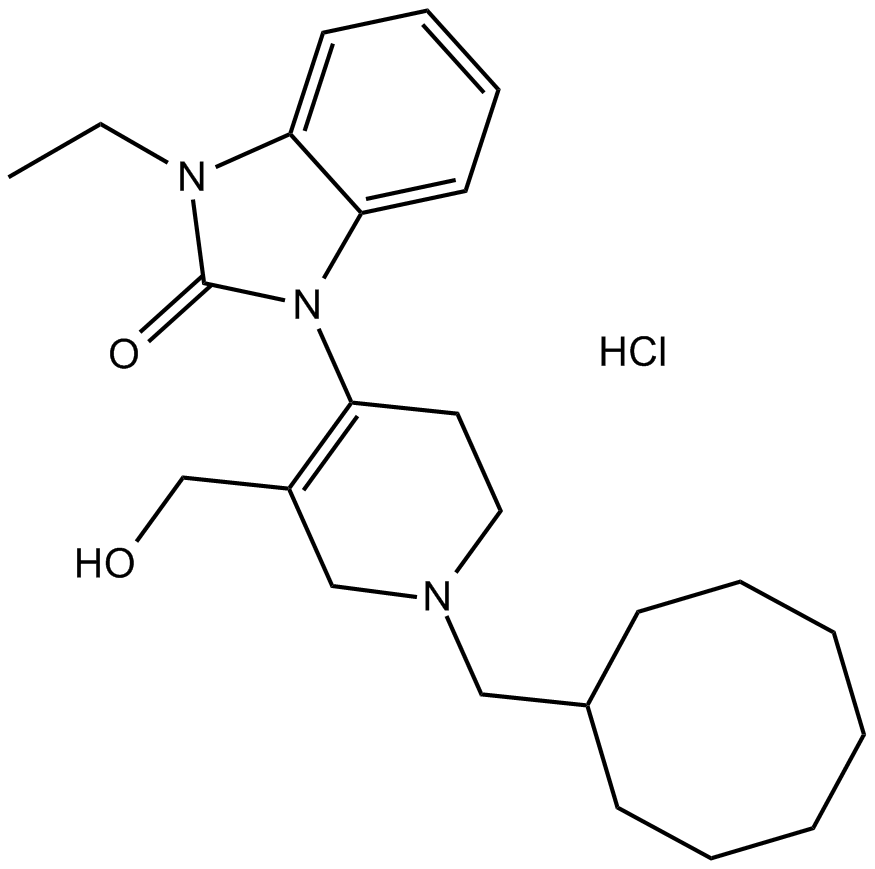 B7084 Trap 101Summary: nociceptin/orphanin FQ (NOP) receptor antagonist
B7084 Trap 101Summary: nociceptin/orphanin FQ (NOP) receptor antagonist -
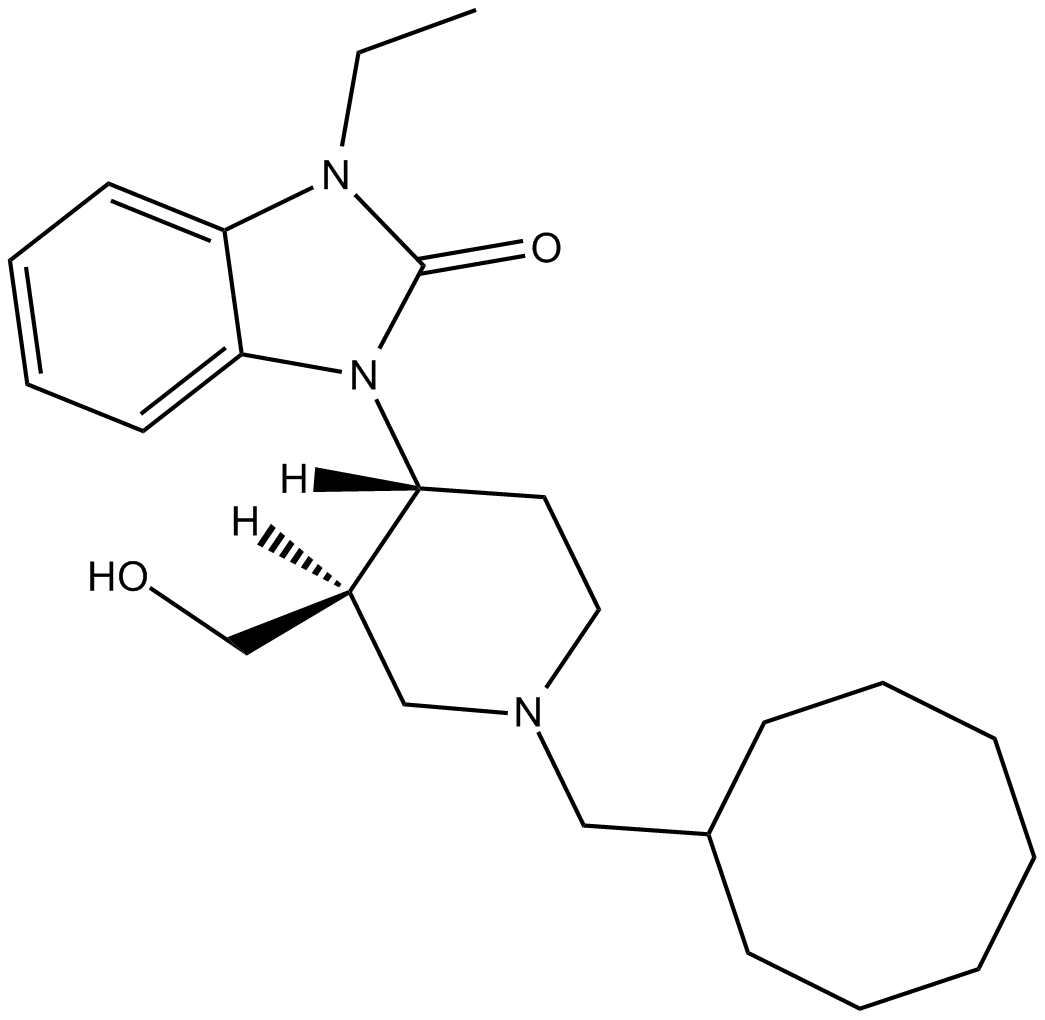 B7119 (±)-J 113397Summary: NOP receptor antagonist
B7119 (±)-J 113397Summary: NOP receptor antagonist -
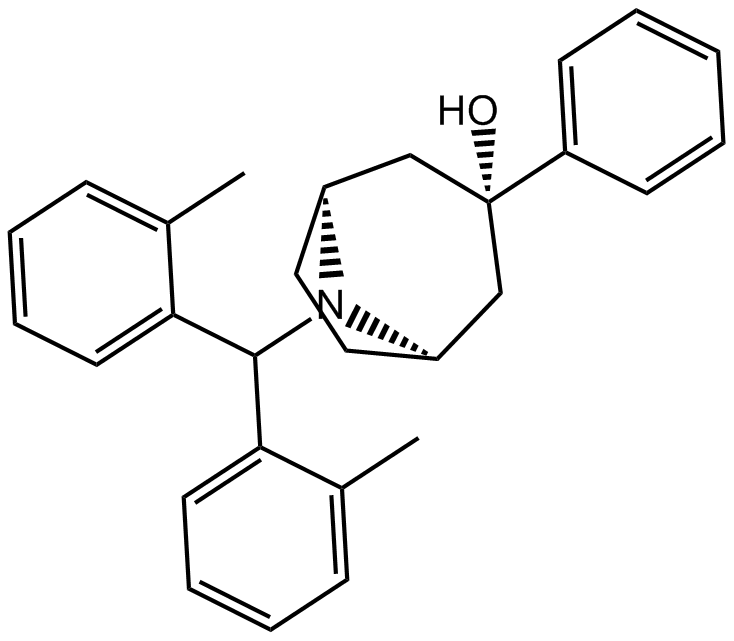 B7326 SCH 221510Summary: nociceptin opioid receptor (NOP) agonist
B7326 SCH 221510Summary: nociceptin opioid receptor (NOP) agonist -
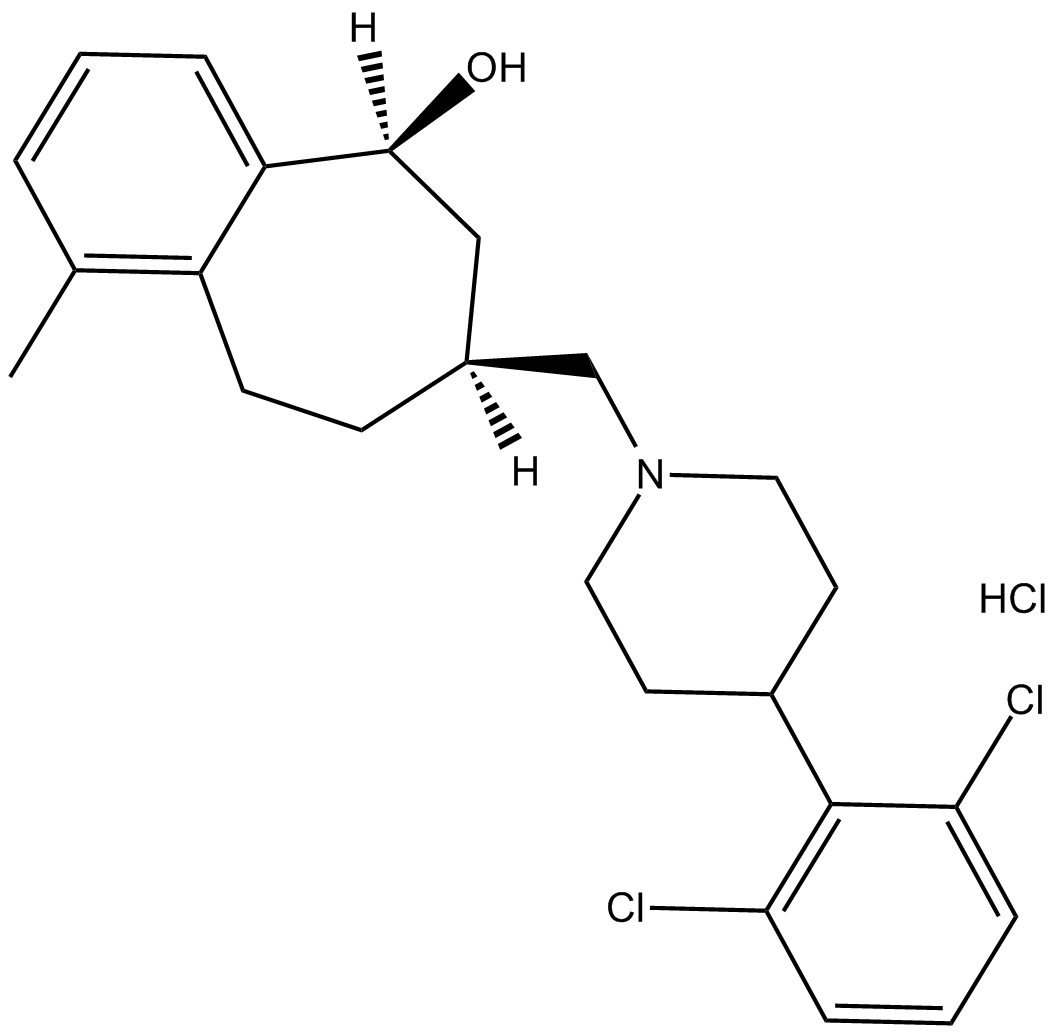 B7433 SB 612111 hydrochlorideSummary: NOP receptor antagonist
B7433 SB 612111 hydrochlorideSummary: NOP receptor antagonist -
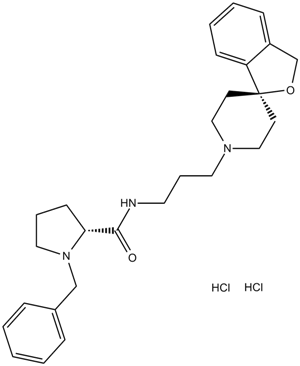 A3219 BAN ORL 24Summary: NOP receptor antagonist, potent and selective
A3219 BAN ORL 24Summary: NOP receptor antagonist, potent and selective

